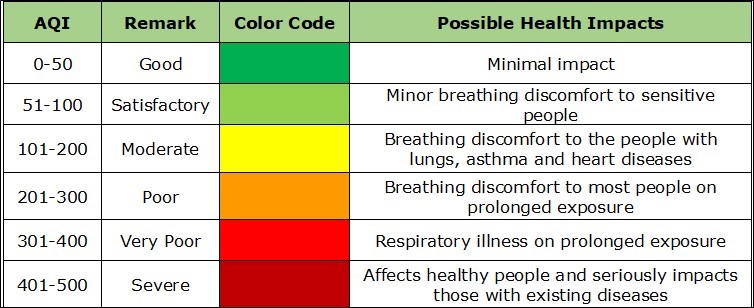Covid-19 Lockdown & Improved Air Quality | 30 Mar 2020
Why in News
The nationwide lockdown, to prevent COVID-19, has led to minimal air pollution in over 90 cities including Delhi.
- Environmentalists have welcomed the reduction in pollution and have urged the government to treat it as a wake-up call and stop the development at the cost of the environment.
Key Points
- During the lockdown, the government has asked the people to avoid unnecessary travel which has significantly reduced the traffic movement.
- Other factors which have contributed to the improved air quality are shutting down of industries and construction sites and rains.
- According to the centre-run System of Air Quality and Weather Forecasting and Research (SAFAR), the measures against COVID-19 have led to a drop in:
- PM2.5
- It is an atmospheric Particulate Matter of diameter of less than 2.5 micrometres, which is around 3% of the diameter of a human hair.
- It causes respiratory problems and also reduces visibility. It is an endocrine disruptor that can affect insulin secretion and insulin sensitivity thus contributing to diabetes.
- Nitrogen Oxide (NOx)
- NOx pollution is mainly caused due to a high motor vehicle traffic and can increase the risk of respiratory conditions.
- PM2.5
- Generally in March, pollution is in the moderate category in the Air Quality Index while currently, it is in the satisfactory or good category.
- Under the good category, pollution is considered to be at the lowest and the air is believed to be the healthiest to breathe.
- According to the Central Pollution Control Board (CPCB) data:
- Air quality in the National Capital Territory of Delhi is presently in the good category.
- Kanpur, which has high pollution levels normally, is in the satisfactory category.
- 92 other cities with CPCB monitoring centres have recorded minimal air pollution, with the air quality ranging between good and satisfactory.
- Observations and Suggestions:
- The low AQI and the blue skies prove that air pollution was mostly anthropomorphic (man-made), which can be reduced by conscious efforts.
- Reducing air pollution by rapidly slowing down the economy is not an ideal way so mindful use of technologies and low-emission alternatives can be opted to minimise the pollution.
- It was also emphasised that air pollution weakens the lungs so countries like India with higher pollution and lower nutrition levels will be more affected by COVID-19 leading to higher morbidity and deaths.
Air Quality Index
- The AQI is an index for reporting daily air quality.
- It focuses on health effects one might experience within a few hours or days after breathing polluted air.
- AQI is calculated for eight major air pollutants:
- Ground-level ozone
- It is also found in the stratosphere and protects from ultraviolet (UV) rays, while in the troposphere (ground level) it acts as a pollutant.
- It is not a primary pollutant but a secondary one.
- Ground-level ozone is not emitted directly into the air but is created by chemical reactions between oxides of nitrogen (NOx) and volatile organic compounds (VOC) in the presence of sunlight.
- PM10
- PM2.5
- Carbon monoxide
- Sulfur dioxide
- Nitrogen dioxide
- Ammonia
- Lead
- Ground-level ozone
- Ground-level ozone and airborne particles are the two pollutants that pose the greatest threat to human health in India.

